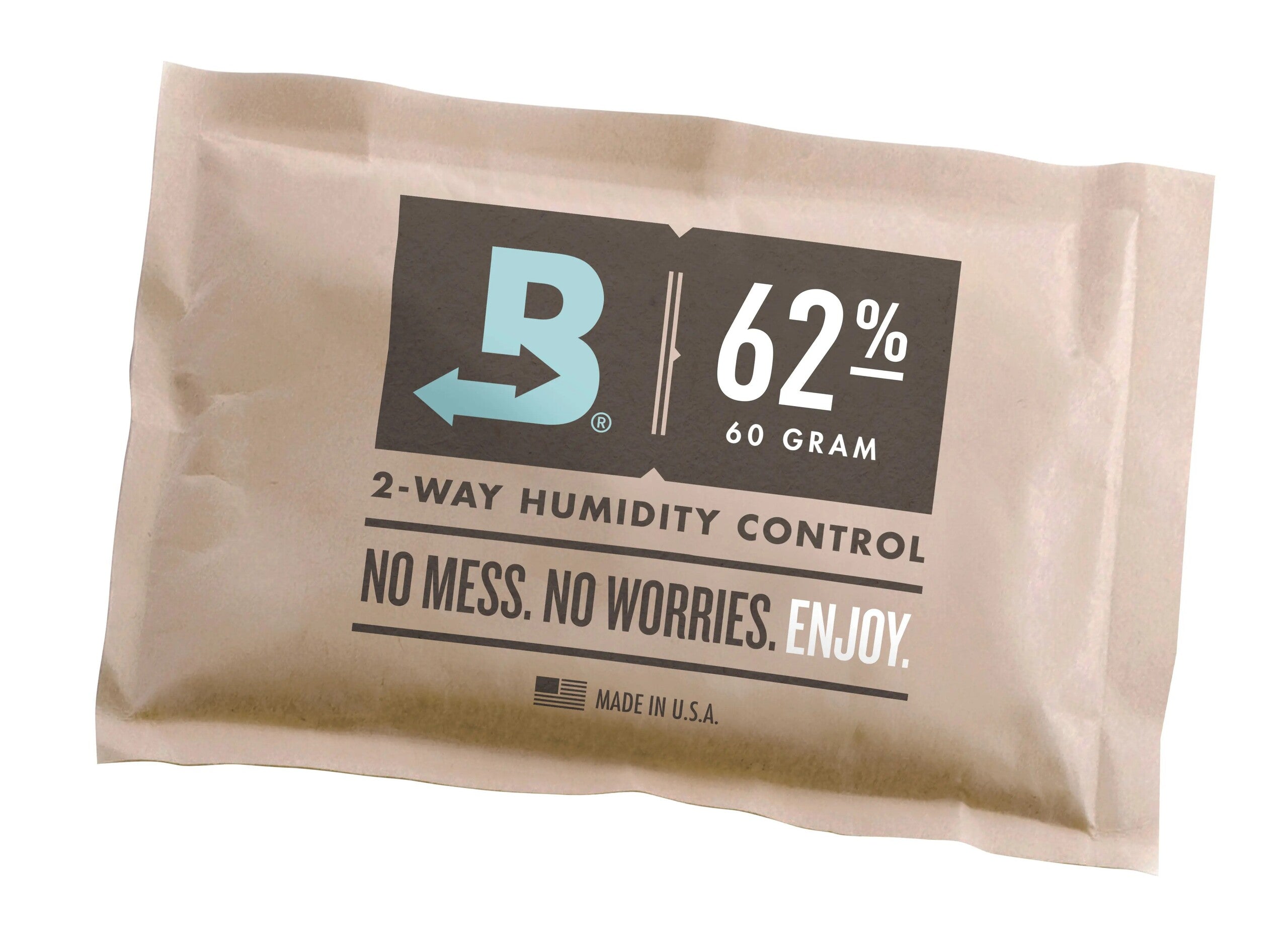What Makes Hemp Paper Labels Better for Delta-8 Products?
Delta-8 THC products require specialized packaging solutions that address regulatory compliance, sustainability concerns, and brand differentiation. Hemp paper labels have emerged as a superior option for these products, offering unique advantages over conventional labeling materials. Understanding these benefits can help manufacturers make informed decisions about their packaging strategy.
Sustainability Advantages of Hemp Paper Labels
Hemp paper labels provide significant environmental benefits compared to traditional paper and synthetic alternatives. According to sustainability research on hemp packaging, hemp requires fewer resources to grow than trees used for conventional paper:
- Hemp grows to maturity in 3-4 months versus 20-80 years for trees
- Requires 50% less water than traditional paper production
- Produces approximately four times more fiber per acre than trees
- Needs minimal pesticides and fertilizers during cultivation
These attributes make hemp paper labels a natural complement to other sustainable packaging options. When paired with recyclable storage solutions like mylar bags, brands can create a more environmentally responsible total package that appeals to eco-conscious consumers.
Compliance Benefits for Delta-8 Packaging
Delta-8 products exist in a complex regulatory landscape that varies by state and continues to evolve at the federal level. Hemp paper labels offer several compliance advantages:
Material Consistency with Product Origin
Using hemp-derived materials for products containing hemp-derived cannabinoids creates a narrative consistency that regulators view favorably. This alignment is particularly relevant when labeling hemp-derived THC products to maintain compliance with federal law.
Enhanced Information Display
Hemp paper typically offers excellent printability and contrast, making it ideal for clearly displaying required regulatory information such as:
- Cannabinoid content and percentages
- Batch numbers and production dates
- Warning statements and age restrictions
- QR codes linking to lab results
Durability and Performance Factors
The physical properties of hemp paper make it particularly well-suited for Delta-8 product labeling:
Oil and Moisture Resistance
Hemp fibers naturally resist oil penetration better than conventional paper, which is crucial for products that may contain terpenes or carrier oils. This resistance helps maintain label integrity throughout the product lifecycle.
Printing Compatibility
Modern hemp papers work well with various printing technologies. As explored in this guide to hemp paper printing compatibility, most hemp papers now perform excellently with digital printing systems, allowing for small-batch production and customization.
Brand Positioning and Consumer Perception
Using hemp paper labels creates multiple branding advantages for Delta-8 products:
Authentic Brand Storytelling
The tactile quality of hemp paper creates a natural, authentic feel that reinforces the plant-based nature of Delta-8 products. This material choice becomes part of the brand narrative, communicating values without requiring additional messaging.
Premium Market Positioning
The distinctive texture and appearance of hemp paper can elevate perceived product value. Research indicates that sustainable packaging materials can justify premium pricing, with consumers willing to pay 10-15% more for products with environmentally responsible packaging.
Practical Implementation Considerations
While hemp paper labels offer numerous advantages, implementation requires careful planning:
Supply Chain Integration
Building a reliable hemp packaging supply chain presents unique challenges. Strategies for scaling hemp packaging supply chains include working with established suppliers who understand the cannabis industry's specific needs.
Cost Considerations
Hemp paper typically costs 15-30% more than conventional paper labels. However, this premium may be offset by:
- Higher perceived value leading to better price positioning
- Reduced compliance risks and potential penalties
- Marketing advantages from sustainability messaging
- Potential tax incentives for sustainable business practices
Future Innovations in Hemp Label Technology
The hemp packaging sector continues to evolve rapidly, with several promising developments on the horizon for Delta-8 product labels:
Advanced coatings derived from hemp itself may soon provide enhanced protection against UV light, extending product shelf life. Additionally, integration of hemp paper with smart packaging technologies like NFC tags and thermochromic inks could offer new ways to verify product authenticity and freshness.
As regulations around Delta-8 products continue to evolve, the versatility and sustainability of hemp paper labels position them as an increasingly valuable packaging component that balances compliance requirements with environmental responsibility and brand differentiation.











Leave a comment
All comments are moderated before being published.
This site is protected by hCaptcha and the hCaptcha Privacy Policy and Terms of Service apply.